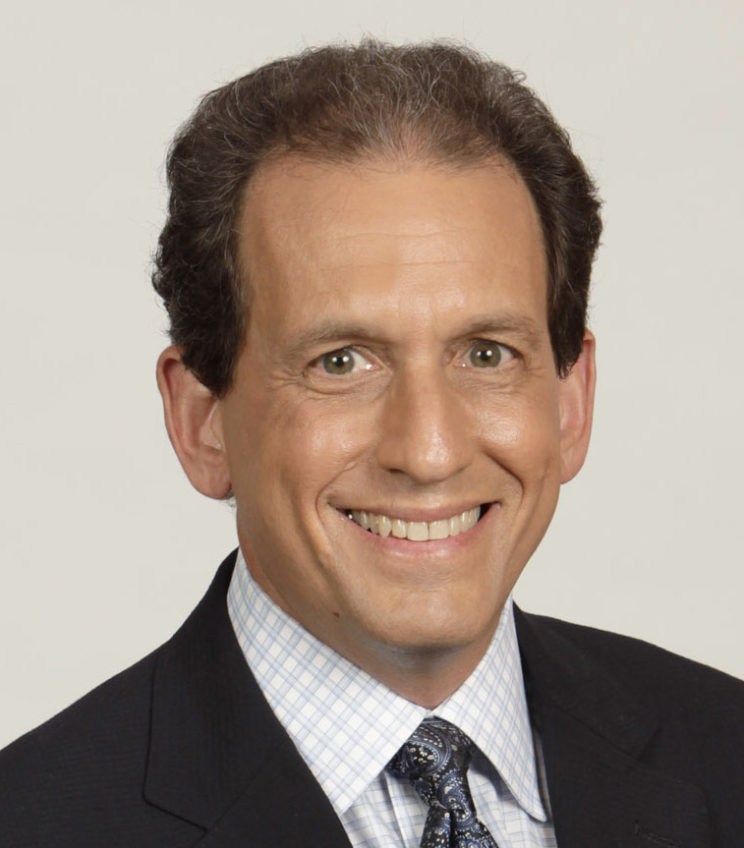Twelve days after telling analysts that it was still searching for a CEO, WebMD named interim chief executive David Schlanger to the top post. Schlanger has held the position in an acting capacity since Cavan Redmond’s May 2013 departure from the health information company. Steven Zatz, MD, was promoted to president from EVP, professional services.
As WebMD’s July 31 earnings show, Schlanger takes over a company in flux. Revenue for the quarter ended June 30 rose to $124.3 million, an 11% increase over the same period last year. Mid-year sales hit $238 million, an 8.4% increase for the first six months of the year compared to first-half 2012.
But traffic numbers show the company is still struggling for users. Desktop and tablet-page views fell 13% during the quarter, compared to Q2 2012. Measured on its own, desktop traffic fell 26% during the quarter vs. the prior-year period.
The company noted in its quarterly report that it is seeing advertiser and sponsorship interest in its mobile platforms, but the money pouring in through these channels was not significant. Google’s algorithm also played havoc with results—the company said algorithmic tweaks by the search engine pushed WebMD sites lacking the WebMD name lower in search results.
The company also said it’s seen growing interest in its mobile professional services.
WebMD’s public face includes more consumer outreach and efforts to facilitate the doctor-patient connection. Among these efforts are the Health Care Reform Center the company launched August 6. It’s too soon to see which information is the most favored, but the section tries to break healthcare reform into easy-to-understand pieces, offering a forum where visitors can ask healthcare questions.

The company said it also plans to launch an enhanced version of its WebMD app this month. Schlanger told MM&M in an earlier interview that the timing depends on when it clears the Apple Store. The revised app will push the mobile experience beyond the disease and condition focus to include the lifestyle information that appears on the desktop version. Users will also be able to customize their app content, for example, choosing content based on health goals. Schlanger said the goal is for the app to “really become part of your everyday experience.”
The company is also prepping a new version of its professionals’ Medscape app that will let providers send patients condition and treatment information when patients walk out the door. The first version will be one-way, allowing doctors to send information to patients in the HIPPA-compliant environment. But Schlanger says a later version will be able to accommodate two-way conversations.
Schlanger could not go beyond the marketing information shared in the July 31 earnings call, but a marketing push behind these initiatives includes training sales staff on WebMD analytics and readying them to offer a suite of new ad technology and products.The company has been looking to expand its impact in other areas as well, announcing in May that it teamed up with QualcommLife to create a suite of health monitoring devices. This is in addition to refreshing and retrenching efforts such as its September 2012 revamp of its print magazine and the December layoff of around 250 employees.








